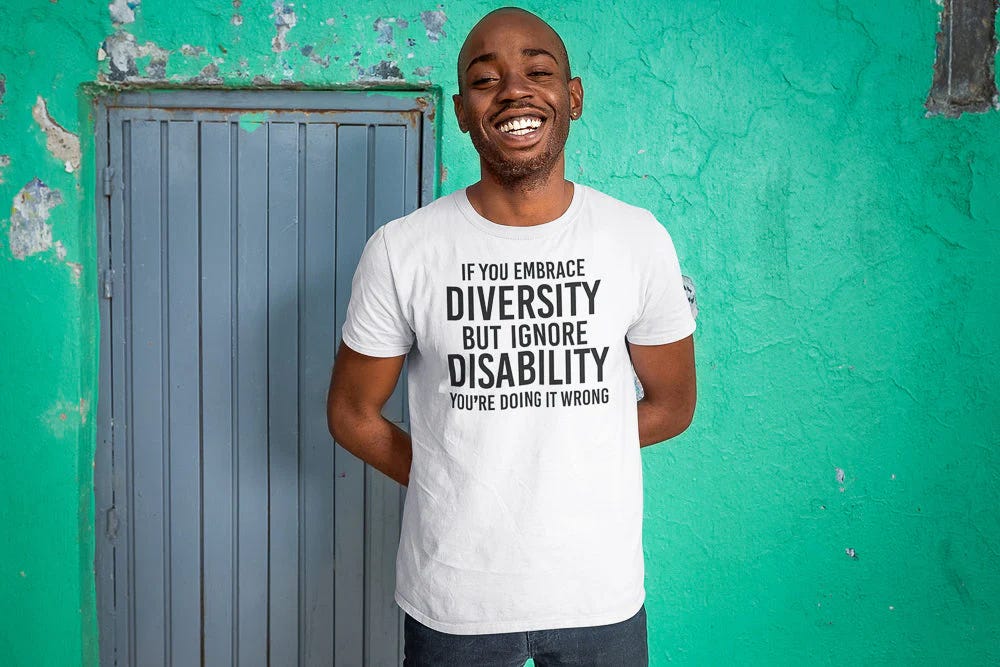Not All Disabilities Are Visible: Understanding Hidden Disabilities
When we think of disability, we often picture visible signs—wheelchairs, canes, or hearing aids. However, many disabilities remain hidden from the naked eye, affecting millions of people worldwide. From chronic illnesses to mental health disorders and neurological conditions, invisible disabilities shape daily experiences in ways that often go unnoticed.
What Are Invisible Disabilities?
Invisible disabilities are medical conditions that aren’t immediately apparent but still impact an individual’s ability to navigate the world. These may include:
Chronic illnesses (e.g., lupus, fibromyalgia, multiple sclerosis)
Mental health disorders (e.g., anxiety, depression, PTSD)
Neurological conditions (e.g., autism, ADHD, epilepsy)
Sensory processing disorders (e.g., hypersensitivity to noise, light, or touch)
While invisible disabilities don’t fit traditional stereotypes, they are just as real as visible impairments. The challenge? Many people with non-apparent disabilities face skepticism, exclusion, and a lack of accommodations.
The Stigma of Hidden Disabilities
One of the most frustrating realities for individuals with invisible disabilities is the constant need to prove their condition. Phrases like "But you don’t look sick" or "You seem fine to me" can be incredibly harmful.
Lack of visible signs often means that workplaces, public spaces, and social environments fail to provide adequate accommodations. This creates barriers for those who may need flexible work arrangements, sensory-friendly spaces, or accessible transportation.
How to Create an Inclusive Society
Building an inclusive society for people with invisible disabilities starts with awareness and action. Here’s how you can help:
✅ Believe people when they talk about their disability—even if you can’t see it.
✅ Advocate for accessibility beyond ramps and elevators. Think about sensory-friendly spaces, mental health accommodations, and flexible work policies.
✅ Support organizations that amplify voices of people with non-visible disabilities.
✅ Educate yourself on the different types of hidden disabilities and their impact.
By making simple but meaningful changes, we can create a world that truly embraces diversity—including disabilities that are not visible.
📖 Want to dive deeper? Read the full article on URevolution:



